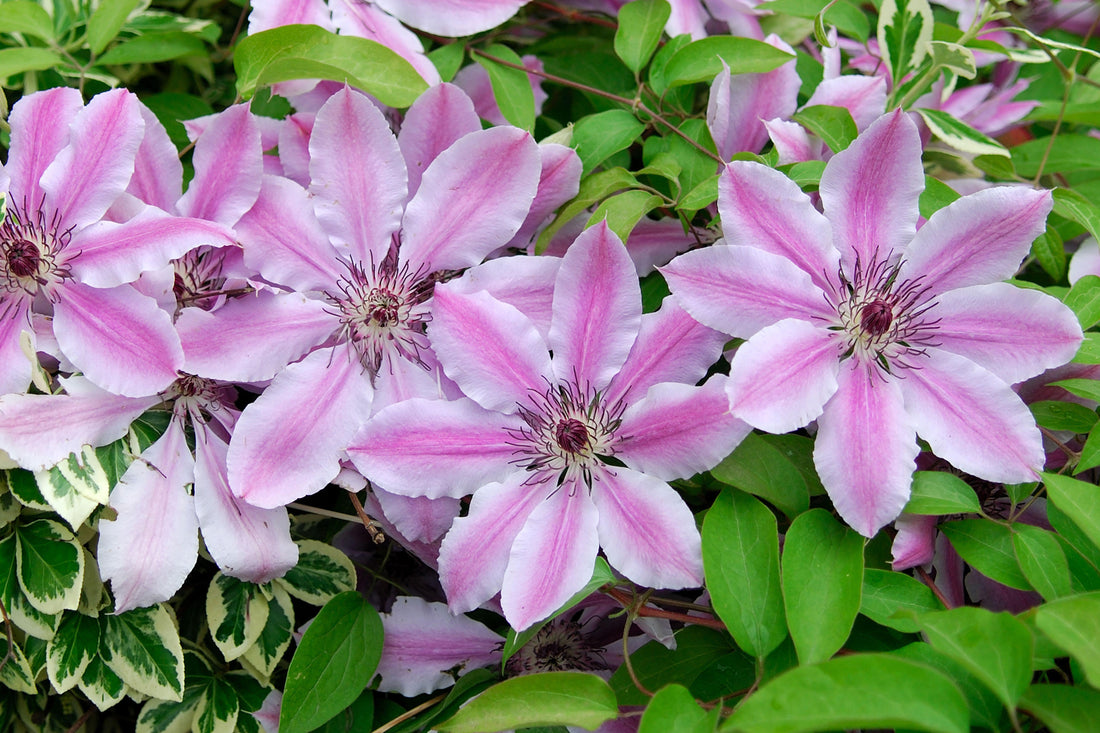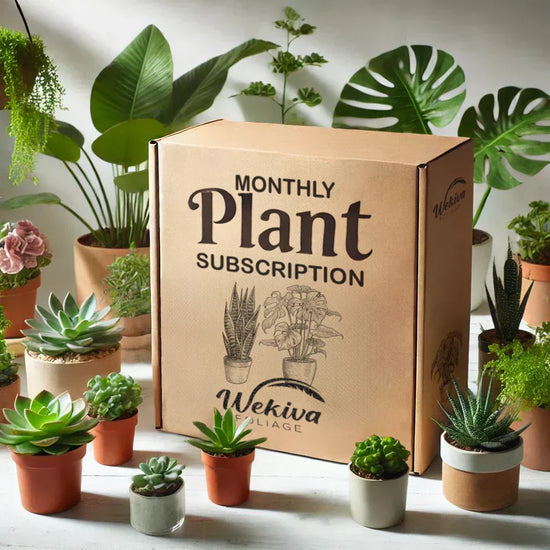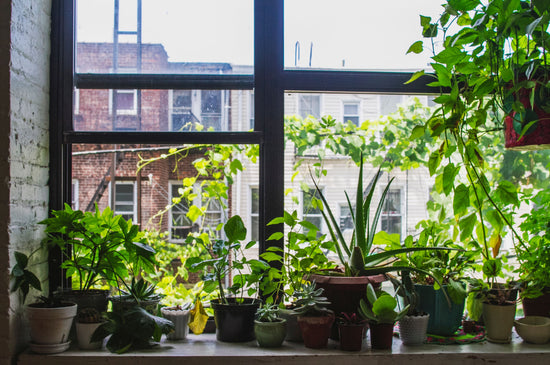Clematis: How Much Water
Proper watering is one of the most critical aspects of caring for clematis vines. Clematis plants thrive when given consistent moisture, but improper watering—whether too much or too little—can lead to stress, disease, or poor flowering. Knowing how much water clematis needs at each stage of growth is key to maintaining healthy, vibrant plants.

Watering Needs by Growth Stage
-
Newly Planted Clematis
- Water deeply 2–3 times per week during the first growing season to help the plant establish strong roots.
- Ensure the soil remains consistently moist but not waterlogged.
-
Established Clematis
- Water once or twice a week, depending on weather conditions. During hot, dry spells, increase watering frequency to prevent the soil from drying out.
-
Dormant Clematis (Winter)
- Water sparingly during winter dormancy, only if the soil becomes excessively dry.
-
Container Clematis
- Potted clematis plants dry out more quickly and may require daily watering during summer. Always check the soil moisture level before watering.

How to Water Clematis Properly
-
Deep Watering
- Clematis roots grow deep into the soil, so shallow watering won’t suffice. Water deeply to encourage root growth and ensure the entire root zone is hydrated.
-
Watering Schedule
- Water early in the morning to allow the foliage to dry during the day. This reduces the risk of fungal diseases.
-
Mulching
- Apply a 2–3 inch layer of organic mulch around the base of the plant. Mulch helps retain soil moisture, regulates temperature, and minimizes the need for frequent watering.
-
Check Soil Moisture
- Before watering, check the top 2–3 inches of soil. If it feels dry, it’s time to water. Avoid watering if the soil is still moist.
Signs of Overwatering or Underwatering
-
Overwatering
- Symptoms: Yellowing leaves, wilting despite moist soil, root rot.
- Solution: Improve soil drainage, reduce watering frequency, and avoid waterlogged conditions.
-
Underwatering
- Symptoms: Drooping leaves, dry and brittle stems, fewer flowers.
- Solution: Water deeply and increase watering frequency during dry weather.
Special Considerations for Climate
- Hot Climates: Increase watering frequency and use mulch to keep the roots cool.
- Rainy Climates: Ensure good drainage to prevent waterlogging and root rot.
For more guidance on caring for your clematis vines, browse our Clematis Collection.
FAQ: Clematis How Much Water
Q: Can I water clematis from above?
A: It’s better to water at the base to avoid wetting the foliage, which can lead to fungal diseases.
Q: Do clematis vines need more water when blooming?
A: Yes, increased watering during flowering supports the plant’s energy needs.
Q: Can clematis survive without frequent watering?
A: While some varieties are more drought-tolerant, most clematis vines prefer consistent moisture for optimal growth.





